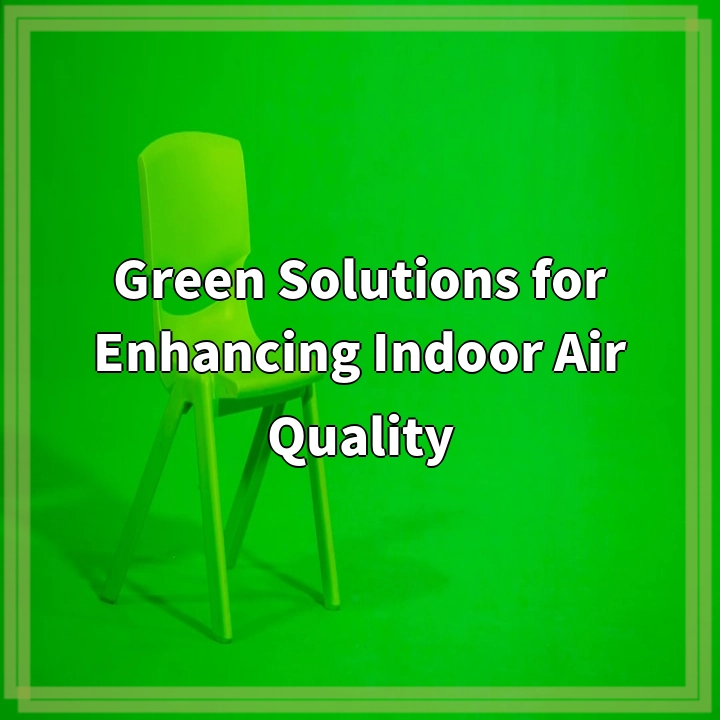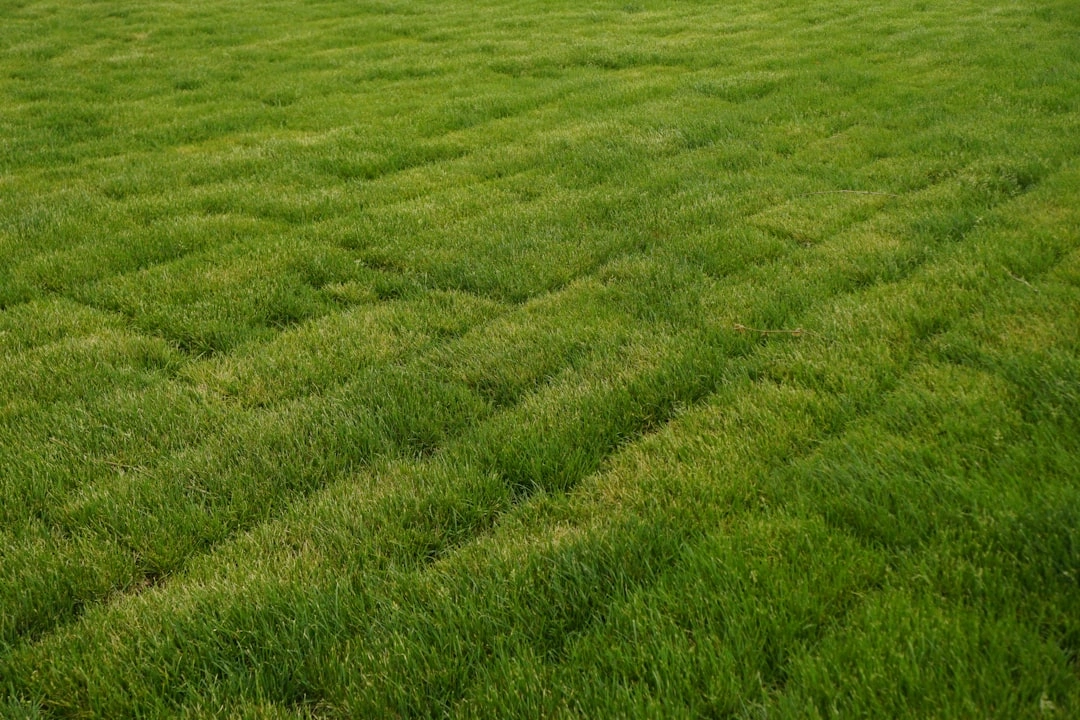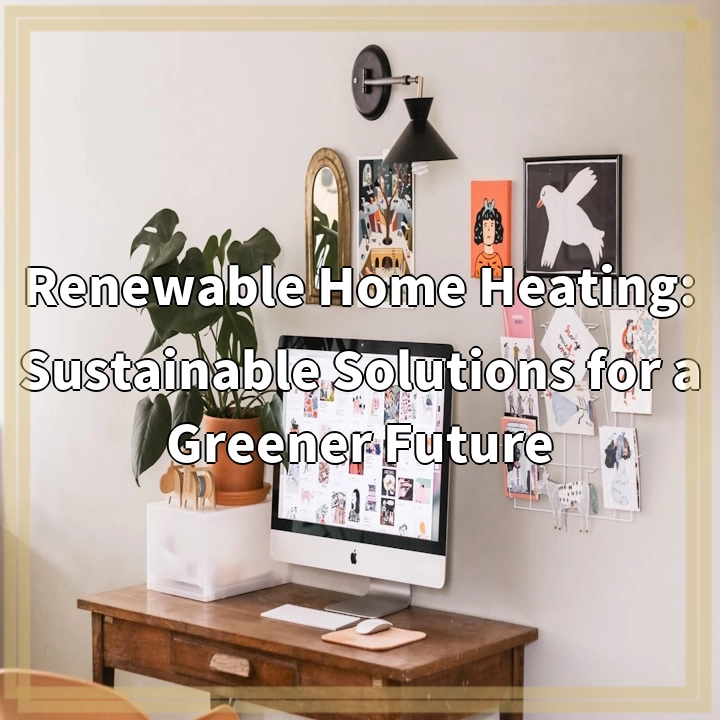
What it is:
Indoor air quality (IAQ) refers to the condition of the air within buildings and structures, particularly as it relates to the health and comfort of occupants. It encompasses a range of factors, including the presence of pollutants, humidity levels, temperature, and ventilation. Green solutions for enhancing indoor air quality aim to reduce harmful pollutants, promote a healthier indoor environment, and utilize sustainable practices in building design and maintenance. These solutions may include the use of low-VOC (volatile organic compounds) materials, air purifiers, plants for natural air filtration, and proper ventilation systems.
Real-world problems:
Indoor air pollution poses significant health risks and is often overlooked in discussions about environmental quality. Common contributors to poor IAQ include the use of synthetic building materials, inadequate ventilation, and the presence of mold and allergens. In many urban areas, pollutants from outdoor sources can also infiltrate buildings and exacerbate indoor air quality issues.
Health Implications:
Poor indoor air quality has been linked to various health problems, including respiratory issues, allergies, and long-term complications such as asthma and cardiovascular diseases. Vulnerable populations, such as children and the elderly, are particularly at risk. Exposure to indoor air pollutants can lead to symptoms like headaches, fatigue, and eye irritation, significantly impacting productivity and quality of life.
Environmental Impact:
Moreover, the materials and processes used in maintaining indoor environments often contribute to broader environmental challenges. For instance, traditional cleaning agents and building materials can release harmful chemicals into the air, further deteriorating air quality and contributing to pollution. Implementing green solutions not only benefits occupants but also promotes sustainability by reducing the carbon footprint associated with building maintenance and repair.
Economic Consequences:
The cost of poor indoor air quality is not just health-related; it also has economic implications. Businesses that ignore IAQ may face increased absenteeism, decreased productivity, and higher healthcare costs for employees. Investing in green solutions for better indoor air quality can lead to substantial long-term savings by enhancing employee well-being and productivity, while also adding value to the property.

Summary of Green Solutions for Enhancing Indoor Air Quality
Enhancing indoor air quality (IAQ) through green solutions addresses significant health, environmental, and economic challenges. By utilizing sustainable building practices and materials, it is possible to create healthier indoor environments that protect occupants and reduce environmental impact.
Low-VOC Materials
One effective solution is the use of low-VOC (volatile organic compounds) materials in construction and renovation. These materials contribute less to indoor air pollution and improve overall air quality, ensuring a safer environment for occupants.
Air Purifiers and Filtration Systems
Installing air purifiers and advanced filtration systems can significantly reduce airborne pollutants, allergens, and particulate matter. This proactive approach helps maintain cleaner air and contributes to better health outcomes for those indoors.
Naturally Filtered Spaces
Incorporating plants into indoor spaces not only enhances aesthetic appeal but also acts as a natural air filtration system. Certain plants can absorb toxins and improve indoor air quality, making green spaces essential for healthier environments.
Improved Ventilation
Enhancing ventilation systems ensures adequate air exchange, helping to dilute indoor pollutants and bring in fresh outdoor air. This solution is particularly vital in areas where outdoor pollution may infiltrate buildings.
Sustainable Cleaning Methods
Utilizing eco-friendly cleaning products reduces harmful chemicals in indoor environments. Choosing sustainable cleaning practices protects both occupants’ health and the environment by minimizing chemical runoff and pollution.
Regular Maintenance and Monitoring
Lastly, regular maintenance and monitoring of indoor air quality systems are essential to ensure their optimal performance. Conducting routine checks, replacing filters, and addressing moisture issues contribute to sustained improvements in air quality.















